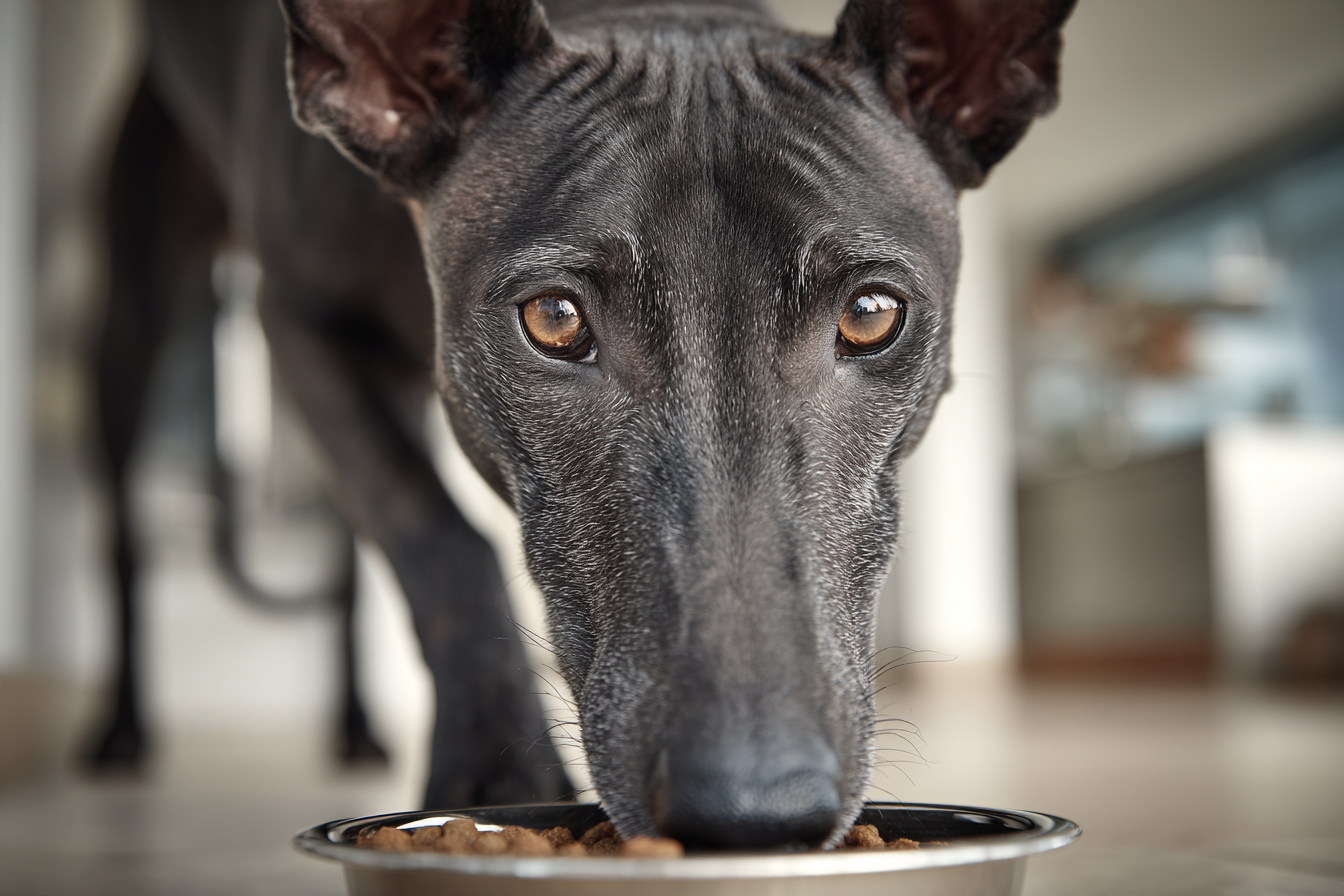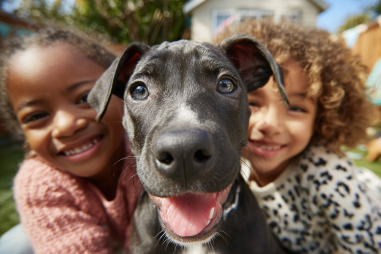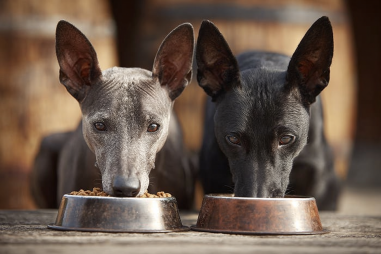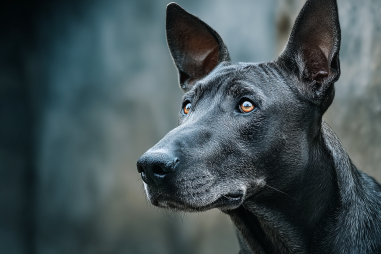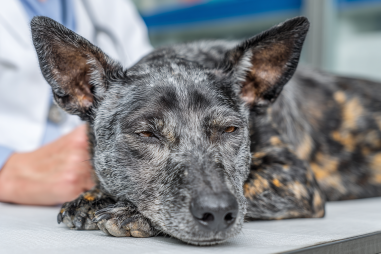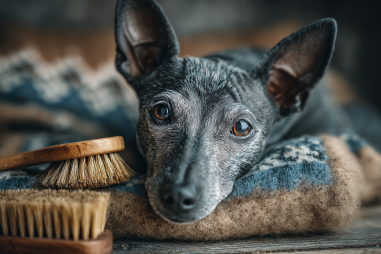The Xoloitzcuintli, often affectionately called Xolo, is a unique and striking breed known for its ancient heritage and distinct appearance. To keep your Xoloitzcuintli vibrant, energetic, and healthy, paying attention to their diet and nutrition is paramount. This breed’s nutritional needs are quite specific, influenced by their lean physique, sensitive skin, and overall lifestyle. In this article, we will explore the best dietary practices tailored to support your Xolo’s wellness and longevity.
Nutritional Requirements for Xoloitzcuintli
Understanding the nutritional foundation for your Xoloitzcuintli sets the stage for optimal health. Xolos are medium-sized dogs with a lean build and a fast metabolism, requiring a well-balanced diet that supports their muscle maintenance and energy needs without excess fat accumulation.
Proteins are the cornerstone of their diet, as they help sustain muscle mass and overall body function. High-quality animal-based proteins like chicken, turkey, beef, or fish should make up a significant portion of their meals. Additionally, healthy fats are essential, supplying energy and supporting the breed’s skin health, which is often prone to dryness or irritation.
Carbohydrates, while less vital than proteins and fats, provide necessary energy and fiber. Whole grains like brown rice, oats, and barley or non-grain sources such as sweet potatoes and peas are preferable as they ensure fiber intake to promote digestive health without causing weight gain.
Finally, Xolos need a balance of vitamins and minerals to support immune function, bone development, and skin integrity. Ensuring a well-rounded diet with these essential nutrients will create a foundation for your dog’s well-being.
Recommended Types of Food
Choosing the right food is crucial. Whether you opt for commercial kibble, homemade meals, or raw feeding, it’s important to select ingredients and formulas suited to the unique needs of the Xoloitzcuintli.
- High-quality commercial dog food: Look for premium brands that list meat as the first ingredient and avoid fillers such as corn, wheat, or soy. Grain-free or limited-ingredient recipes can be beneficial if your Xolo has food sensitivities.
- Homemade diets: Preparing your Xolo’s food at home gives you control over ingredients, allowing you to focus on wholesome meats, vegetables, and grains. Always consult a canine nutritionist to ensure the homemade diet is balanced and meets all nutrient requirements.
- Raw or BARF diets: Some owners choose biologically appropriate raw food diets, which mimic a dog’s natural diet. When feeding raw, it’s vital to maintain hygiene and balance the diet to avoid deficiencies or imbalances.
Whichever option you choose, prioritize fresh ingredients, protein predominance, and suitable fat content to keep your Xolo enthusiastic and healthy.
Vitamins and Supplements Considerations
While an ideal diet should cover all essential nutrients, there are times when supplements can provide additional benefits for your Xoloitzcuintli’s health.
Omega-3 fatty acids (from fish oil or flaxseed oil) are fantastic for improving skin condition and reducing inflammation, which is especially beneficial for the Xolo’s sensitive skin.
Glucosamine and chondroitin can support joint health, particularly for older dogs or those more active.
Probiotics may enhance digestive health by promoting beneficial gut bacteria. This is important since digestive sensitivity can sometimes affect the breed.
Before introducing any supplements, it’s essential to discuss them with your veterinarian to ensure they are necessary and safe, as overdosing or inappropriate supplements can do more harm than good.
Feeding Schedules and Portion Control
Maintaining a consistent feeding schedule helps regulate your Xoloitzcuintli’s metabolism and maintain ideal body weight. Most adult Xolos do well with two meals per day—morning and evening—while puppies require more frequent feeding to meet their growth needs.
Portion control is vital. Because Xolos are naturally lean, overfeeding can lead to unnecessary weight gain, putting strain on joints and overall health. Using feeding guidelines on commercial foods as a starting point, adjust portions based on your dog’s activity level, age, and body condition.
Regularly observe your dog’s weight and body shape—a healthy Xolo should have a visible waist behind the ribs and ribs that you can feel without excess fat covering. If you notice a weight change, adjust portions gradually and consult your vet for advice.
Foods to Avoid for Skin and Health
Certain foods can aggravate your Xoloitzcuintli’s sensitive skin and overall health. To prevent flare-ups of dryness, itching, or digestive upset, avoid these common triggers:
- Artificial additives and preservatives: Many commercial foods contain dyes, artificial flavors, or preservatives that can cause allergic reactions or skin irritation.
- Grains and fillers like corn, wheat, and soy: These can sometimes trigger allergies or sensitivities contributing to skin problems and digestive issues.
- Dairy products: Some Xolos are lactose intolerant, leading to upset stomachs or skin issues when consuming cheese, milk, or yogurt.
- Chocolate, caffeine, onions, garlic, grapes, and raisins: These foods are toxic to dogs and should be strictly avoided.
- Excessive fatty or salty human foods: These can disrupt digestion and lead to obesity or pancreatitis.
Always introduce any new food gradually and monitor your dog for adverse reactions, especially skin flare-ups or digestive disturbances.
Hydration Tips
Hydration is just as important as nutrition for your Xoloitzcuintli’s health. Because Xolos are muscular and often active, they need ready access to fresh water at all times to support metabolism, skin moisture, and kidney function.
Make sure your dog’s water bowl is clean and filled several times a day, especially during hot weather or after exercise. Some owners find that adding ice cubes or serving slightly cooler water encourages their dog to drink more.
If hydration seems to be an issue, or if your dog is reluctant to drink, you might add moisture by incorporating wet food into their diet or mixing water or broth into dry kibble.
Monitoring Weight and Health Through Diet
Keeping a close eye on your Xoloitzcuintli’s weight and overall health is a key part of nutrition management. Weight fluctuations can signal issues ranging from overfeeding to underlying medical problems.
Regularly weigh your dog or use a body condition scoring system to evaluate muscle and fat coverage. Conjointly, observe energy levels, coat quality, and digestive health to gauge whether the diet is supporting optimal well-being.
If you notice your Xolo gaining excess weight, losing weight unexpectedly, or showing signs of skin or digestive issues, adjust the diet accordingly and seek veterinary advice. A personalized nutrition plan is often required to maintain balance throughout their different life stages, from puppyhood to senior years.
By focusing on a balanced diet rich in quality proteins, healthy fats, and essential nutrients—with appropriate feeding schedules, supplements if needed, and careful monitoring—you can ensure your Xoloitzcuintli thrives for years to come. With the right nutrition, this remarkable breed will maintain their unique vigor and joyful spirit, forming a happy and healthy companion for life.

